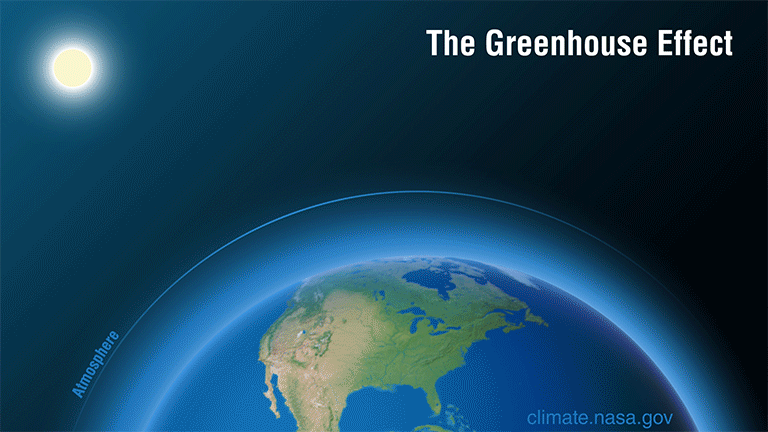Graphic: The Greenhouse Effect

May 23, 2019
| Credit | NASA-JPL/Caltech |
|---|---|
| Language |
|
May 22, 2019
A simplified animation of the greenhouse effect.
Also find this animated gif on our Causes page.

| Credit | NASA-JPL/Caltech |
|---|---|
| Language |
|
A simplified animation of the greenhouse effect.
Also find this animated gif on our Causes page.